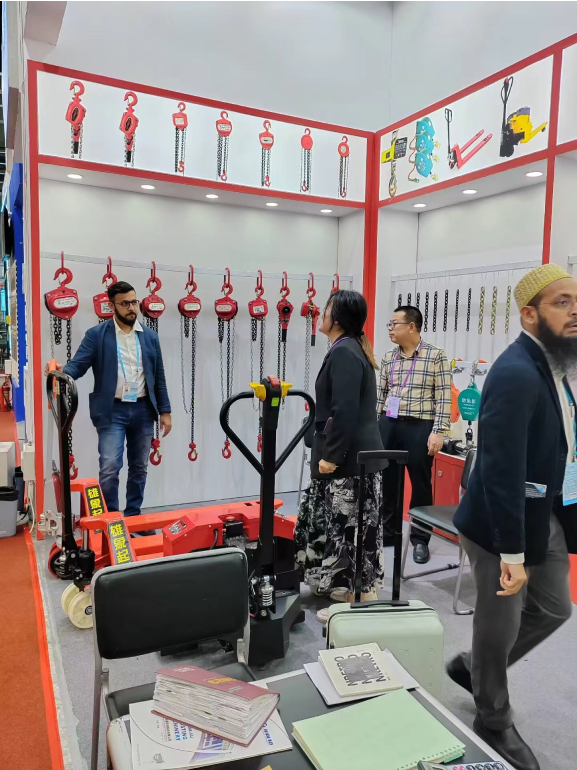


Chain Hoist Operation A Comprehensive Guide
Chain hoists are essential tools used in various industries for lifting heavy loads safely and efficiently. Understanding the operation of a chain hoist not only enhances productivity but also ensures safety in the workplace. This article provides a detailed overview of chain hoist operation, including its components, working mechanism, safety considerations, and best practices.
Components of a Chain Hoist
A chain hoist typically consists of several key components
1. Load Chain The metal chain that lifts the load. 2. Hand Chain A separate chain that the operator pulls to lift the load chain. 3. Hook A safety hook where the load is attached. 4. Brake System A crucial component that prevents unexpected load movement. 5. Gear Mechanism Converts the force applied to the hand chain into lifting force.
These components work together to facilitate the lifting of heavy objects with minimal effort.
Working Mechanism
The operation of a chain hoist is quite straightforward. When the operator pulls the hand chain, the gear mechanism engages, causing the load chain to lift. The brake system ensures that once the load is lifted, it remains securely in place until the operator decides to lower it. This mechanism allows for both lifting and lowering activities, making chain hoists versatile tools in construction sites, warehouses, and manufacturing facilities.
Safety Considerations

Safety is paramount when operating a chain hoist. Here are some essential safety measures
1. Inspection Before each use, inspect the hoist for any signs of wear or damage. Look for frayed chains, worn hooks, and malfunctioning brakes. 2. Load Capacity Always adhere to the manufacturer's specified load capacity. Overloading can cause equipment failure and pose serious risks. 3. Proper Setup Ensure that the hoist is mounted on a stable structure. The load should be balanced and the hook should not be twisted. 4. Clear Work Area Keep the area beneath the hoist clear of personnel and obstacles to prevent accidents during lifting operations.
By following these safety protocols, operators can minimize the risk of injury and equipment damage.
Best Practices for Operation
To maximize efficiency and safety during chain hoist operation, consider the following best practices
1. Training Ensure that all operators are properly trained in the use of the hoist and are aware of its limitations. 2. Two-Person Operation For larger loads or complex maneuvers, consider using a two-person team to manage communication and control. 3. Regular Maintenance Schedule routine maintenance to check the hoist’s functionality and replace any worn components.
Conclusion
In conclusion, understanding the operation of a chain hoist is crucial for anyone involved in lifting heavy loads in various settings. By familiarizing oneself with the components, working mechanisms, and safety considerations, operators can ensure efficient and safe lifting practices. Remember, proper training and adherence to guidelines are key factors in minimizing risks and maximizing operational efficiency. Chain hoists, when used correctly, can be invaluable assets in any heavy lifting endeavor, helping to streamline tasks and enhance productivity in the workplace.



